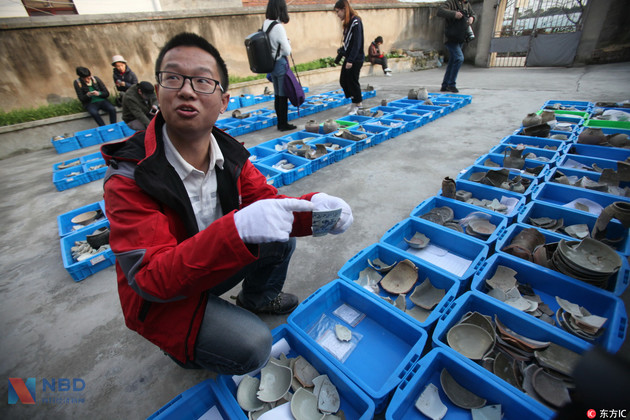
More than 20 human settlement sites from the pre-Qin period were discovered scattered along the Anning river valley plain for nearly 100 kilometers in Southwest China's Sichuan province, according an archaeological achievements briefing in Xichang on Dec 18, 2016.
These ruins from the Neolithic Age, dating back more than 4,000 years, prove human activity in the area of Anning river valley plain, the second largest in Sichuan province.
So far, a field covering 10,000 square meters has been excavated, but it is far from completion, Chen Wei, an expert working at the site from Relics and Archaeology Institute of Sichuan Province, told Western China Metropolis Daily.
Through excavation, more than 280 tombs, 500 sites including pits, house settlements and kilns, as well as other articles of daily use were unearthed, which provided valuable materials to study the ancient society and culture of the pre-Qin period.
Chen said the archaeological discovery is of great significance. It proves to be the earliest human settlements from the Neolithic Age in southwestern Sichuan. Besides, this area had the most widely distributed and largest number of human settlements from the pre-Qin period discovered in Sichuan province except for the Chengdu Plain. The findings will offer materials to study the ancient tribes' formation and settlement distribution.
The discovery of settlement sites from the pre-Qin period was only part of the archaeological achievements made on the construction project along the extended section of Chengdu - Kunming Railway from Emei to Miyi. Since 2014, 48 relic sites have been spotted.


 川公网安备 51019002001991号
川公网安备 51019002001991号





